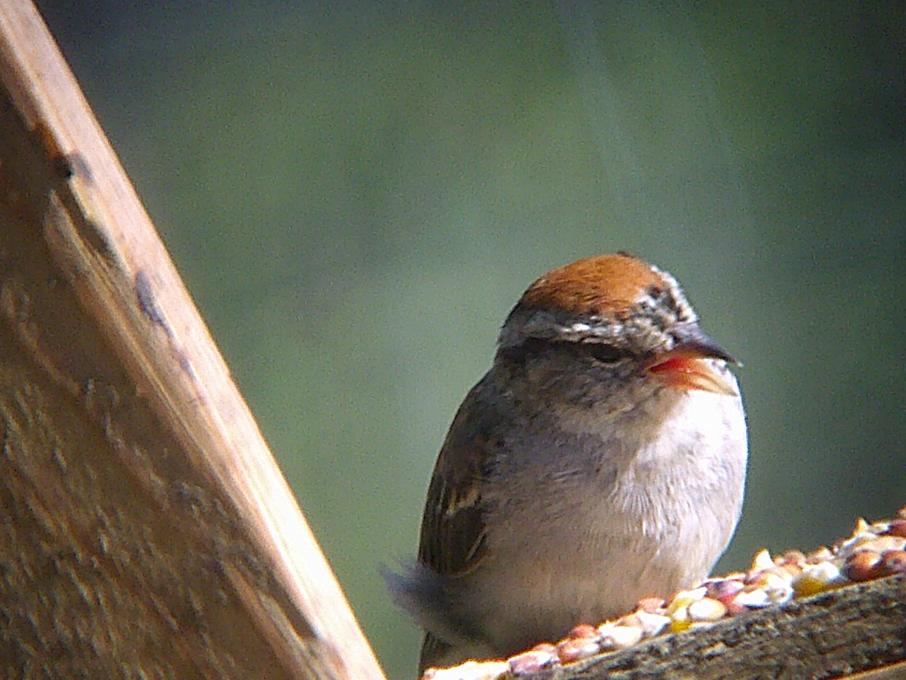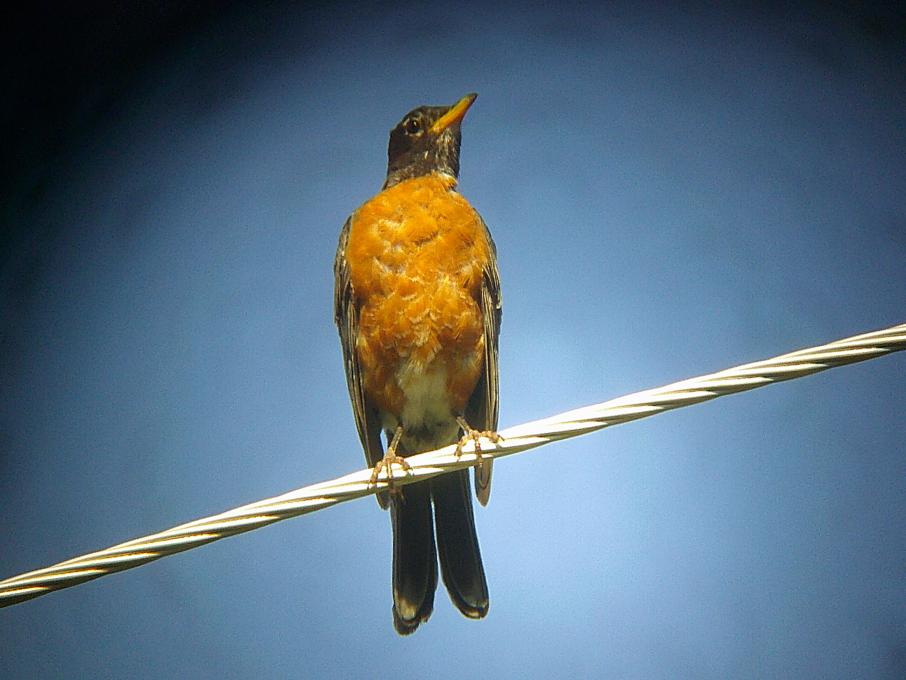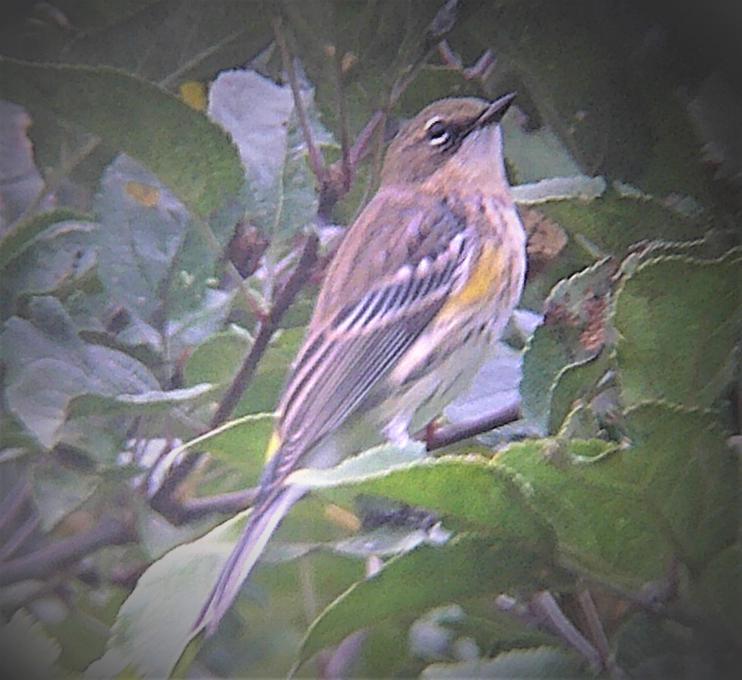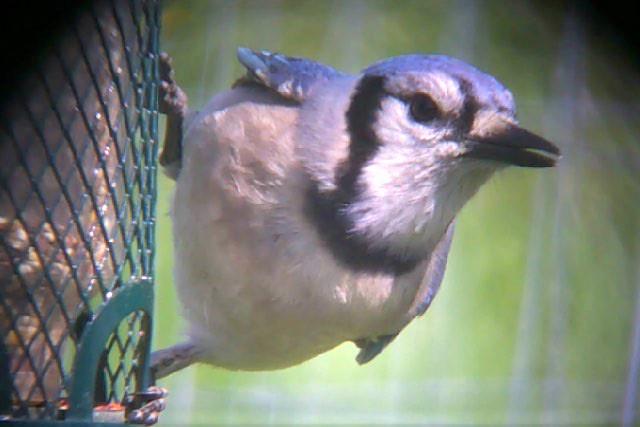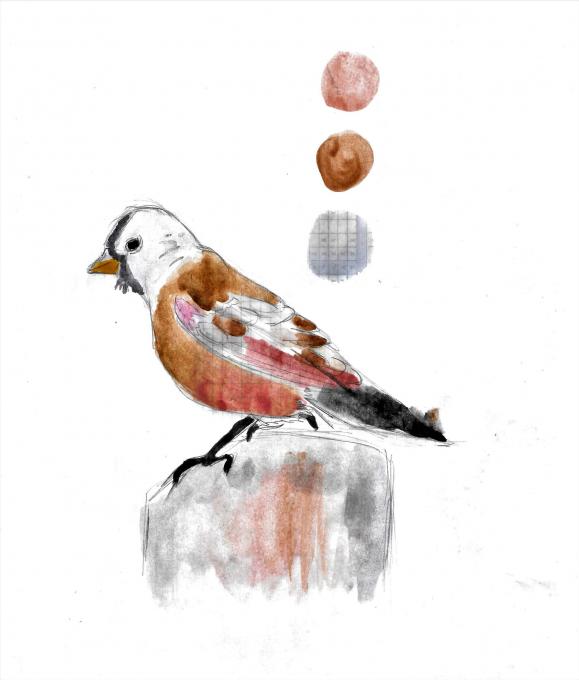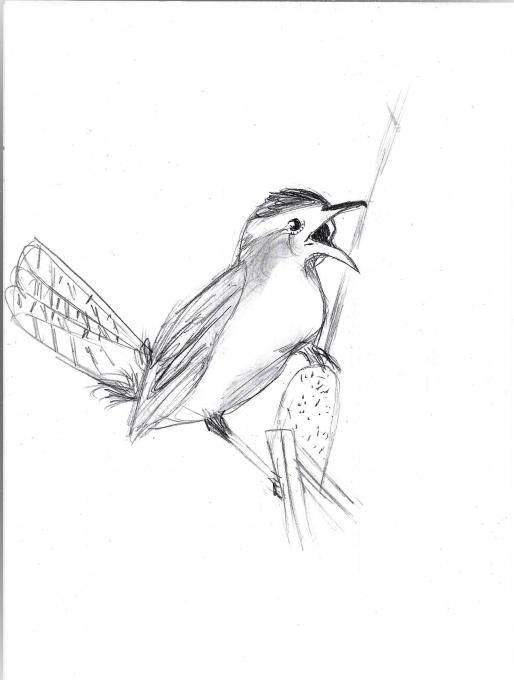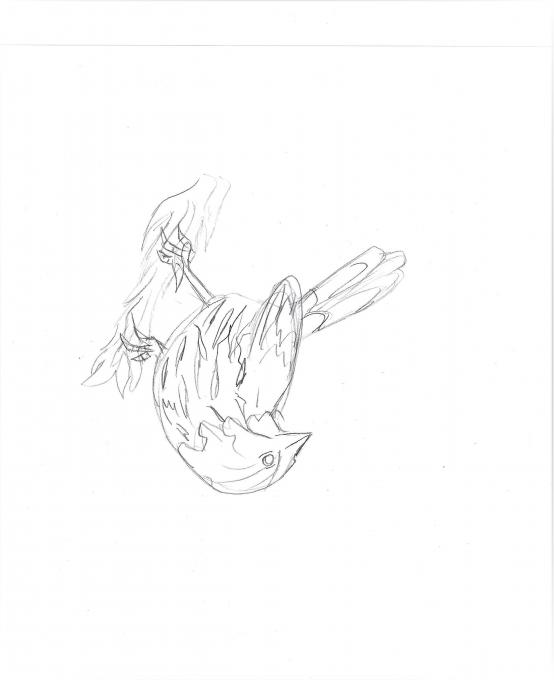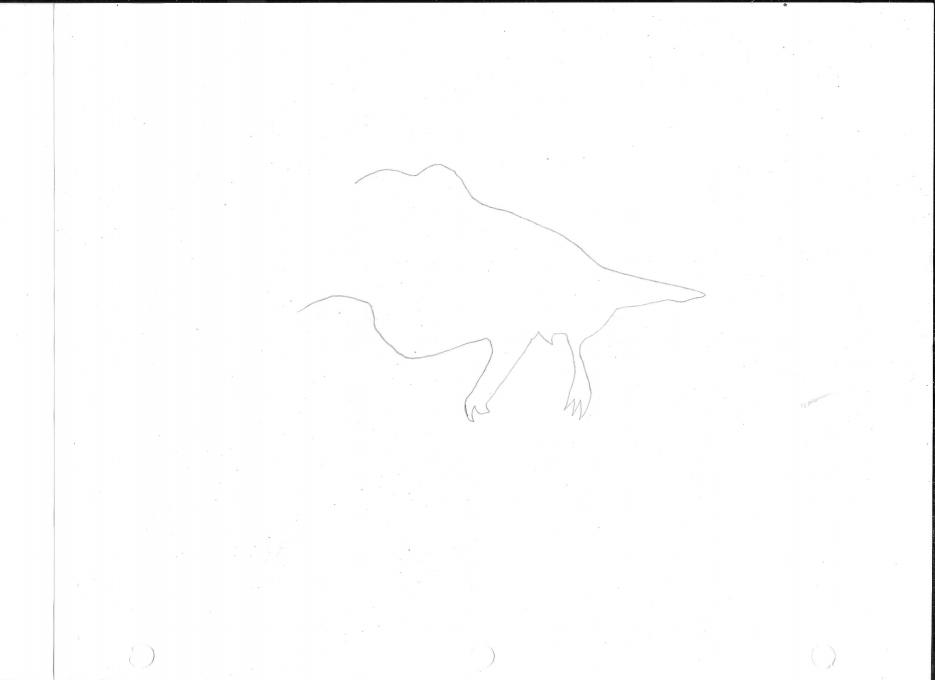Penelope
Forum Replies Created
-
PenelopeParticipant
@Simeon Handfeeding is one of my favorite activities--you should try it! I got the chickadee into my hand by offering it a sunflower seed (as shown).
in reply to: Activities: Exploring Birds #992862 -
PenelopeParticipantLove this! Chickadees are my favorite bird, by the way. 😊in reply to: Gather Your Local Knowledge #987043
-
PenelopeParticipant😍 Awesome photo!in reply to: Activities: Exploring Birds #984590
-
PenelopeParticipant
@Lynn Thank you so much! Chickadees are my best friends. 😊
in reply to: Activities: Exploring Birds #984588 -
PenelopeParticipantThe Chipping Sparrow is perhaps my most frequent visitor. Whether skipping about my various DIY feeders, or in the undergrowth beneath pine trees, it always seems to be there. Considering the fact that I don't quite have a garden, I would like to discover a space where I can safely transform with plants that won't intrude on anything.
 in reply to: Joys of Naturescaping #983328
in reply to: Joys of Naturescaping #983328 -
PenelopeParticipantBirds matter to me as an escape from the world. The noise of humans seems a constant burden, but the song of birds a constant gift; perhaps simply for the latter's unquestionable beauty. Words are common compared to the elegance of song, and perhaps this spring from my purpose of becoming a singer. After all--I was taught by the best: Birds.in reply to: Activities: Helping Birds in Your World #980802
-
PenelopeParticipantActivity 1: Habitats: Marsh-field-scrub, Mixed Coniferous forest. Marsh-field-scrub: Here is an easy spot to discover Wilson's Snipe, Indigo Bunting, and Broad-winged Hawk. The Wilson's Snip enjoys marshy scrub with long grass due to the presence of cover, and the abundance of food because of the wet. Mixed Coniferous Forest: Here is one of the best habitats the discover Pine Warbler, Black-capped Chickadee, Ovenbird, and varying species of Warblers. The Black-capped Chickadee prefers such a habitat because of the nuts in the cones of the trees, one of their main sources of food.in reply to: Activities: Exploring Bird Habitats #980636
-
PenelopeParticipantActivity 3: I often hear a variety of birdsongs in the dawn chorus, the optimal time for discovering under-the-radar species that rarely appear in the daytime. Here are some of the most often prominent among them:
- Blue Jay
- American Crow
- Cedar Waxwing
- European Starling
- Blackburnian Warbler
- Northern Flicker (Yellow-shafted)
- Black-throated Green Warbler
- American Goldfinch

in reply to: Activities: Noticing Behaviors #980630 -
PenelopeParticipantActivity 1: Merlin detected a Bald Eagle, the resident Red-tailed Hawk dropped in, cleverly disguising themselves as part of a power pole. Merlin also detected my first Cape May Warbler today, which was a success! And couple of American Robins were singing nearby the old shed.
 in reply to: Activities: Local Bird Exploration #980407
in reply to: Activities: Local Bird Exploration #980407 -
PenelopeParticipantActivity 1: The difference in shape between a Blue Jay and a Yellow-rumped Warbler. Blue Jay's are several sizes larger with bigger beaks and longer legs. Easy to identify with noticeable crest, as well.

 in reply to: Activities: Bird ID Practice #980405
in reply to: Activities: Bird ID Practice #980405 -
PenelopeParticipantI enjoy the company of Black-capped Chickadees for a number of reasons. Intelligent and vocally expressive, they are fascinating up close, and after being around them for a while, its easy to tell what they are thinking.
 in reply to: Activities: Exploring Birds #980323
in reply to: Activities: Exploring Birds #980323 -
PenelopeParticipantThis course has taught me so much--a million different techniques that I never would have guessed existed. I used the light techniques mostly, and all the techniques turn out impressive results. I am very grateful for this course, and will use all the techniques it has taught me in the future.
 in reply to: See How Far You’ve Come #979502
in reply to: See How Far You’ve Come #979502 -
PenelopeParticipantCool! 😀in reply to: Filling Your Sketches with Color #979500
-
PenelopeParticipantThis was a refresh for painting with watercolors, definitely easier then I expected. Although the paint bleeds easily, the product can be very impressive. While focusing on the image I discovered the purple patch of feathers in the shoulder.
 in reply to: Capturing Nature’s Color Palettes #976014
in reply to: Capturing Nature’s Color Palettes #976014 -
PenelopeParticipant1. The easiest technique, for me, is the gesture drawing. The technique that comes to me most naturally is also gesture drawing. 2. The gesture drawing, overall, has won my favor. Although it seems crude in the face of prim lines, it is the easiest and most freestyle, allowing you to draw without stressing the details.
 in reply to: Giving Your Drawings Depth #975892
in reply to: Giving Your Drawings Depth #975892 -
PenelopeParticipantAwesome!in reply to: Giving Your Drawings Depth #975888
-
PenelopeParticipantThis upside-down drawing exercise was amazing. It very much improved the accuracy of my drawing, and I believe it will be an extremely useful skill in the field.
 in reply to: Drawing What You See – Upside Down Drawing #975885
in reply to: Drawing What You See – Upside Down Drawing #975885 -
PenelopeParticipantThis exercise has been incredibly helpful. Gesture drawing is the cure to the wrong position--there isn't one. With this technique, drawing wildlife has become far easier. If I was not gesture drawing, it might suggest I as sketching an inanimate object, so attention to detail would be easier.
 in reply to: Capturing Behavior – Gesture Drawing #975381
in reply to: Capturing Behavior – Gesture Drawing #975381 -
PenelopeParticipantI feel like a 50/50 mix of watching what you are doing and watching the object is better then simply just watching the object. If you solely watch the object, your drawing might not resemble the thing at all--as seen here. This is the Sunbird by the way. However, if you just look at your drawing, there's no doubt you would have a similar problem due to lack of input.
 in reply to: Focusing on Your Subject – Blind Contour Drawing #975355
in reply to: Focusing on Your Subject – Blind Contour Drawing #975355 -
PenelopeParticipant1. I learned to observe far closer then usual, but it also took the easier observation out of the landscape as a whole. Being so focused on a single object reduces the amount of attention that I could give anything else. 2. I think that there should be a focus on the art on the page, so you can remember the details later.
 in reply to: The Power of Comparison #975280
in reply to: The Power of Comparison #975280
